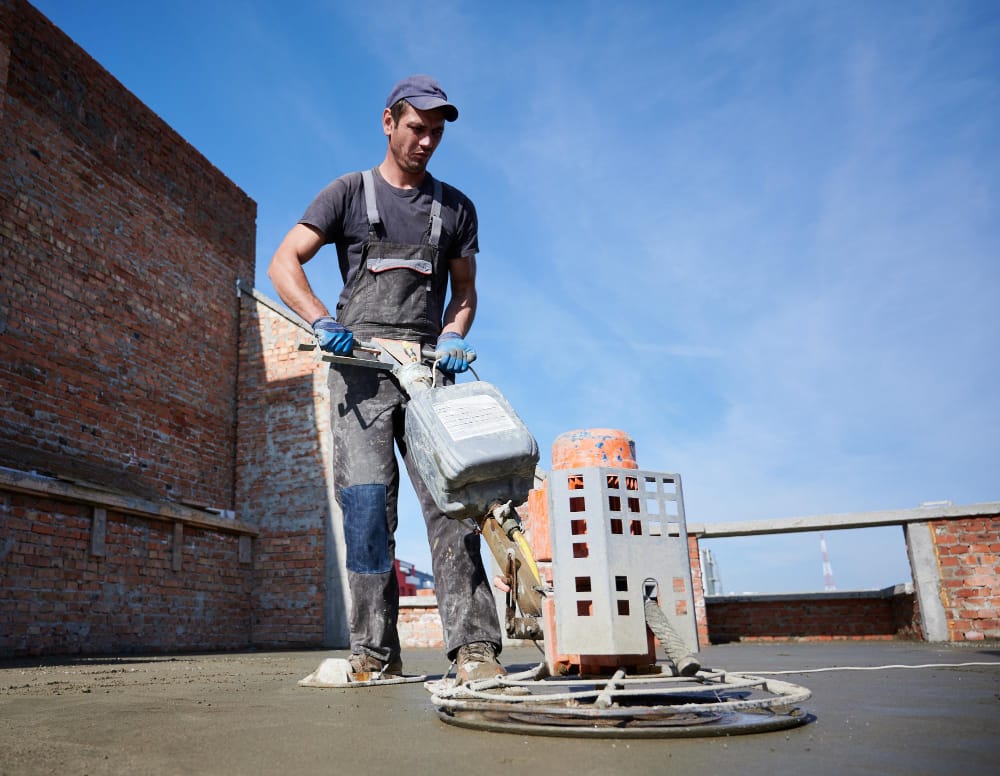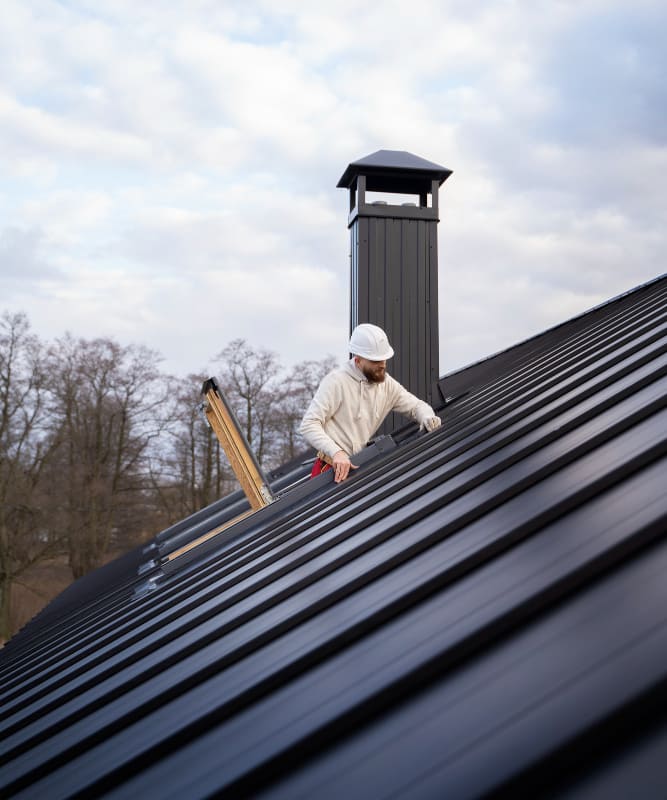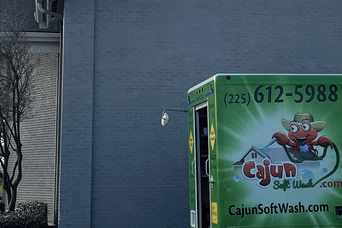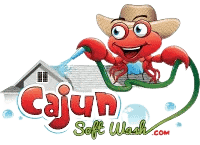Driveway Wash: Top 8 Tips for a Spotless Clean Every Time
When it comes to maintaining the cleanliness and curb appeal of your home, your driveway plays a significant role.
A clean driveway not only adds to the overall aesthetics of your property but also helps maintain its longevity. Research shows that maintaining the exterior of your home, including your driveway, can increase your property value by as much as 5%.
In fact, experts suggest that regular driveway wash services can save you money in the long term by preventing the need for expensive repairs caused by neglect.
In this blog, we’ll explore the top eight tips for a spotless driveway wash every time, helping you keep your driveway in top condition year-round.
1. Choose the Right Time to Wash Your Driveway
The timing of your driveway wash can significantly impact the effectiveness of the cleaning process. Ideal conditions for washing your driveway include mild temperatures, low humidity, and no rain in the forecast. Washing your driveway during extremely hot weather can cause the cleaning solution to dry too quickly, leaving streaks and stains behind.
Conversely, cold and wet conditions can make it harder for the detergent to break down the grime. It’s best to choose a time when the weather is moderately warm and dry to ensure the best results for your driveway wash.
Best Time to Wash Your Driveway:
- Temperature: 50°F to 70°F (10°C to 21°C) is ideal.
- Weather Conditions: Choose a dry, sunny day to avoid water and detergent from drying too quickly.
- Avoid: Extreme hot or cold temperatures.
Tip: Check the weather forecast before scheduling your driveway wash to ensure the best cleaning conditions.
2. Use a Quality Pressure Washer for a Deeper Clean
When performing a driveway wash, one of the most effective tools you can use is a pressure washer. A pressure washer can help remove stubborn dirt, grime, and stains from the surface, ensuring a much deeper clean than regular scrubbing.
When selecting a pressure washer for driveway washing, make sure to use one that offers a high enough PSI (pounds per square inch) rating. Typically, a pressure washer with a PSI between 3,000 and 4,000 is ideal for cleaning driveways, as it provides enough power to break down dirt and stains without damaging the surface.
Pressure Washer PSI (Pounds per Square Inch) for Different Driveways:
| Driveway Type | Recommended PSI Range |
| Concrete | 3000 – 3500 PSI |
| Asphalt | 2500 – 3000 PSI |
| Brick/Stone | 2500 – 3000 PSI |
Tip: For the best results, use a pressure washer that can deliver the right pressure for your surface material.
3. Choose the Right Cleaning Detergent
The type of detergent you use during your driveway wash is just as important as the tools and equipment. Many driveway surfaces, especially concrete, can absorb stains from oil, dirt, and grease.
Choosing a detergent specifically designed for driveways can help break down tough stains and lift grime effectively. Look for a cleaner that is safe for your driveway type (concrete, asphalt, or brick) and free from harsh chemicals that could harm the environment.
- Concrete Driveways: Use an oil, grease, and stain remover.
- Asphalt Driveways: Choose a detergent designed for soft surfaces.
- Brick or Stone Driveways: Opt for a porous-surface cleaner.
Tip: Always check the manufacturer’s recommendations to ensure compatibility with your surface.
4. Pre-Treat Stains Before Washing
To get a spotless driveway wash, pre-treating stains before you begin cleaning is essential. Common stains such as oil, rust, or tire marks require different treatment methods to ensure their removal.
For oil stains, sprinkle a layer of absorbent material, such as cat litter or baking soda, on the spot and let it sit for several hours to absorb the oil. Once absorbed, sweep it away and apply a degreaser to break down any remaining oil residue.
Here’s how to deal with the most common stains:
Common Driveway Stains & How to Treat Them:
| Stain Type | Treatment Method |
| Oil Stains | Sprinkle baking soda or cat litter to absorb, then apply a degreaser. |
| Rust Stains | Use a rust remover or a vinegar-based solution. |
| Tire Marks | Use dish soap and a stiff brush to scrub. |
5. Scrub the Driveway for Extra Tough Spots
While pressure washing is incredibly effective, some spots may require a bit of extra scrubbing. For stubborn stains or areas with heavy buildup, a scrub brush or broom with stiff bristles can help lift dirt and grime.
Scrub these areas in a circular motion before using the pressure washer to rinse them away. Focus on corners, edges, and other hard-to-reach areas that may have accumulated debris.
Tools for Scrubbing:
- Stiff-bristled broom or scrub brush
- Scrub pads for corners and edges
Tip: Scrub tough spots before pressure washing to make the process more effective.
6. Use the Right Pressure Washing Technique
To ensure a thorough and effective driveway wash, it’s important to use the right pressure washing technique. Hold the nozzle of the pressure washer about 6 to 12 inches from the surface and spray in overlapping, even passes.
Start from the highest point of your driveway and work your way down to avoid water and detergent from flowing over areas you’ve already cleaned.
A good pressure washing technique ensures your driveway is cleaned evenly and effectively.
- Start from the highest point of the driveway: This will allow water and cleaning solution to flow downhill, avoiding any overflows onto already cleaned areas.
- Keep the nozzle about 6-12 inches from the surface: This will prevent surface damage while ensuring a powerful stream of water for deep cleaning.
- Overlap your passes: Make sure to overlap each stroke to avoid streaks or missed spots.
7. Rinse Thoroughly After Cleaning
After scrubbing and pressure washing, it’s crucial to rinse the driveway thoroughly. Residual detergent or grime left on the surface can leave streaks or spots that detract from the clean look. Use a garden hose or the pressure washer’s low-pressure setting to rinse the driveway. Work in sections and make sure that no detergent is left behind.
Don’t forget to flush out any drains or areas where water has pooled, as this can prevent buildup and help the driveway dry faster.
- Use a garden hose or a low-pressure setting on your pressure washer to rinse.
- Focus on edges, cracks, and corners, where debris can accumulate.
8. Seal Your Driveway After Washing
After completing your driveway wash, consider applying a sealant to protect the surface and enhance its longevity. A driveway sealant helps protect against stains, weather damage, and wear-and-tear caused by traffic.
Concrete and asphalt driveways, in particular, benefit from sealing, as it helps prevent moisture from seeping into the surface, which can cause cracking or deterioration over time.
Benefits of Sealing Your Driveway:
- Prevents stains: Keeps dirt and grime from seeping into porous materials.
- Protects from weather: Shields your driveway from harsh UV rays, snow, and rain.
- Enhances appearance: Adds a glossy finish to your driveway.
Tip: Wait until your driveway is completely dry before applying the sealant.
Conclusion
A spotless driveway wash is essential for maintaining your home’s exterior, and following these tips will help ensure a successful and thorough cleaning every time.
By selecting the right tools, detergents, and techniques, you can keep your driveway looking its best while preventing costly repairs in the future.
For those who want to take the guesswork out of driveway washing, Cajun Softwash provides professional pressure washing services that guarantee a pristine finish. Our company specializes in commercial cleaning services, including roof cleaning and house washing, to ensure your home looks pristine inside and out.
Don’t hesitate to reach out to Cajun Softwash for expert assistance and ensure your driveway stays spotless all year round.

What is Roof Cleaning and Why is It Important?

What is no pressure (softwash) roof cleaning?
About us

Follow us on social
We respond within 48 hours
